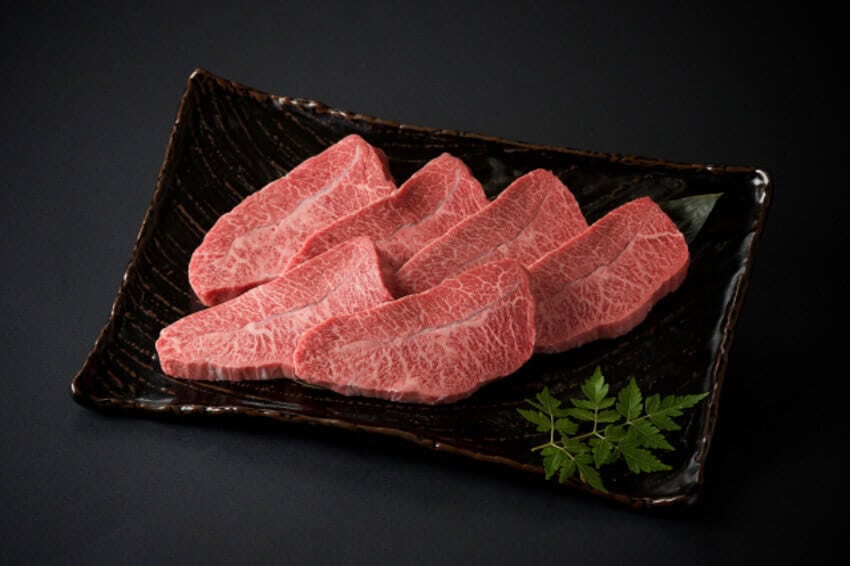
Are you familiar with the beef cut “misuji”? Many people may have eaten it at yakiniku restaurants. However, surprisingly few people know what part of the cow it is. Known for its incredible tenderness and rich marbling, this rare cut is highly prized among meat lovers. Whether grilled as yakiniku, served as a juicy steak, or enjoyed in shabu-shabu, misuji offers a melt-in-your-mouth experience unlike any other. In this article, we will explain the characteristics of this dish, how to eat it deliciously. Curious about what makes it so special and how best to enjoy it? Keep reading to discover the secrets behind this delicious cut of beef!
What is Misuji?
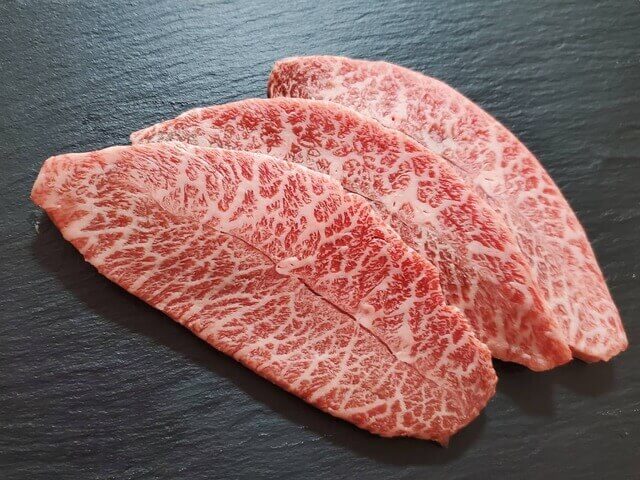
Misuji is a rare and highly prized cut of beef taken from the inside of a cow’s shoulder blade, named for the three lines running through it. This cut is famous for its exceptional tenderness, fine marbling, and balanced fat-to-lean ratio, making it both flavorful and easy to eat. With only 2 to 3 kg available per cow, its rarity adds to its popularity. The marbling enhances its rich taste and melt-in-your-mouth texture, often compared to beef tongue but even softer.
Misuji History
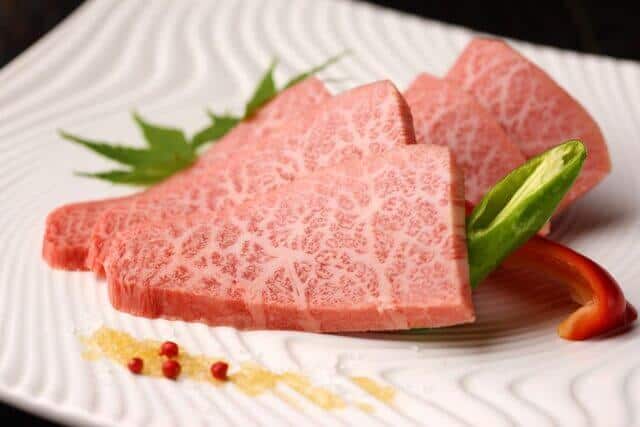
Misuji (ミスジ) is a prized but lesser-known beef cut in Japan. Butchers and chefs traditionally appreciated it for its marbling and tenderness. This cut wasn’t widely available to the public. Specialty restaurants or high-end butchers often reserved misuji. Yakiniku culture rose in Japan after World War II. This trend helped the beef gain popularity. People began appreciating different beef cuts beyond sirloin and ribeye. Gourmet dining grew in the late 20th century. Wagyu beef became increasingly sought after. It emerged as a premium cut during this period. High-end yakiniku restaurants now feature this special meat. Steak establishments also showcase misuji on exclusive menus.
Best way to eat misuji
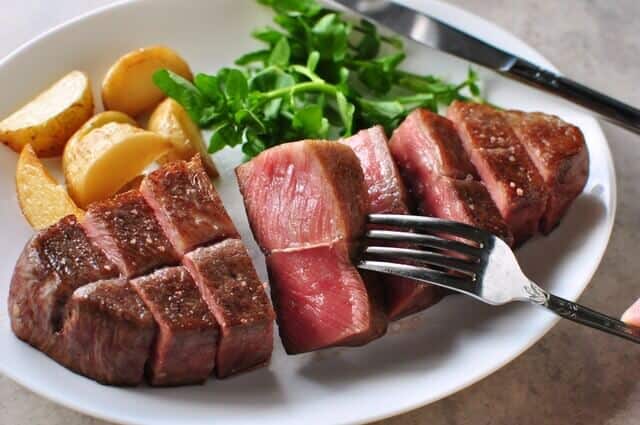
Locals enjoy Misuji in various ways, with yakiniku, steak, and shabu-shabu being the most popular methods. For yakiniku, grilling it over charcoal or on a hot plate enhances its juiciness, but you should not overcook it, as it can become dry if the core temperature exceeds 70°C. It pairs well with soy sauce, especially wasabi soy sauce or a rich sauce. As a steak, it is best when brought to room temperature before grilling to ensure even cooking. For shabu-shabu, thinly sliced it offers a different texture, making it a great way to experience its tenderness in a delicate broth.
FAQ
Misuji is located on the inside of the shoulder blade of the cow, and is part of the “arm meat” from the shoulder to the arm. A characteristic feature is that there are three streaks (suji) in the cross section.
Misuji is tender and has a strong flavor, so it is ideal for yakiniku and steak. However, it tends to become hard if overcooked, so rare to medium is recommended.
Final Thoughts
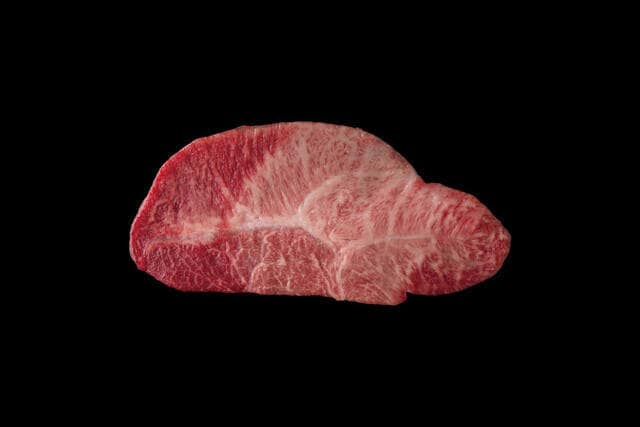
Misuji is a rare and exquisite cut of beef that showcases the perfect balance of tenderness, marbling, and rich flavor. Whether grilled, seared, or enjoyed in a hot pot, it offers a melt-in-your-mouth experience that every meat lover should try. If you ever find yourself in Japan, don’t miss the chance to taste authentic misuji at a yakiniku restaurant or specialty butcher. It’s a true delicacy that will leave you wanting more!
If you enjoyed learning about misuji, you might also want to try other richly marbled cuts like zabuton or karubi, which offer a similarly tender and flavorful experience.
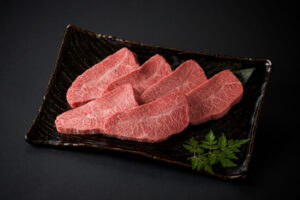
If you like this article, please
Like or Follow !

 23 hours ago
4
23 hours ago
4


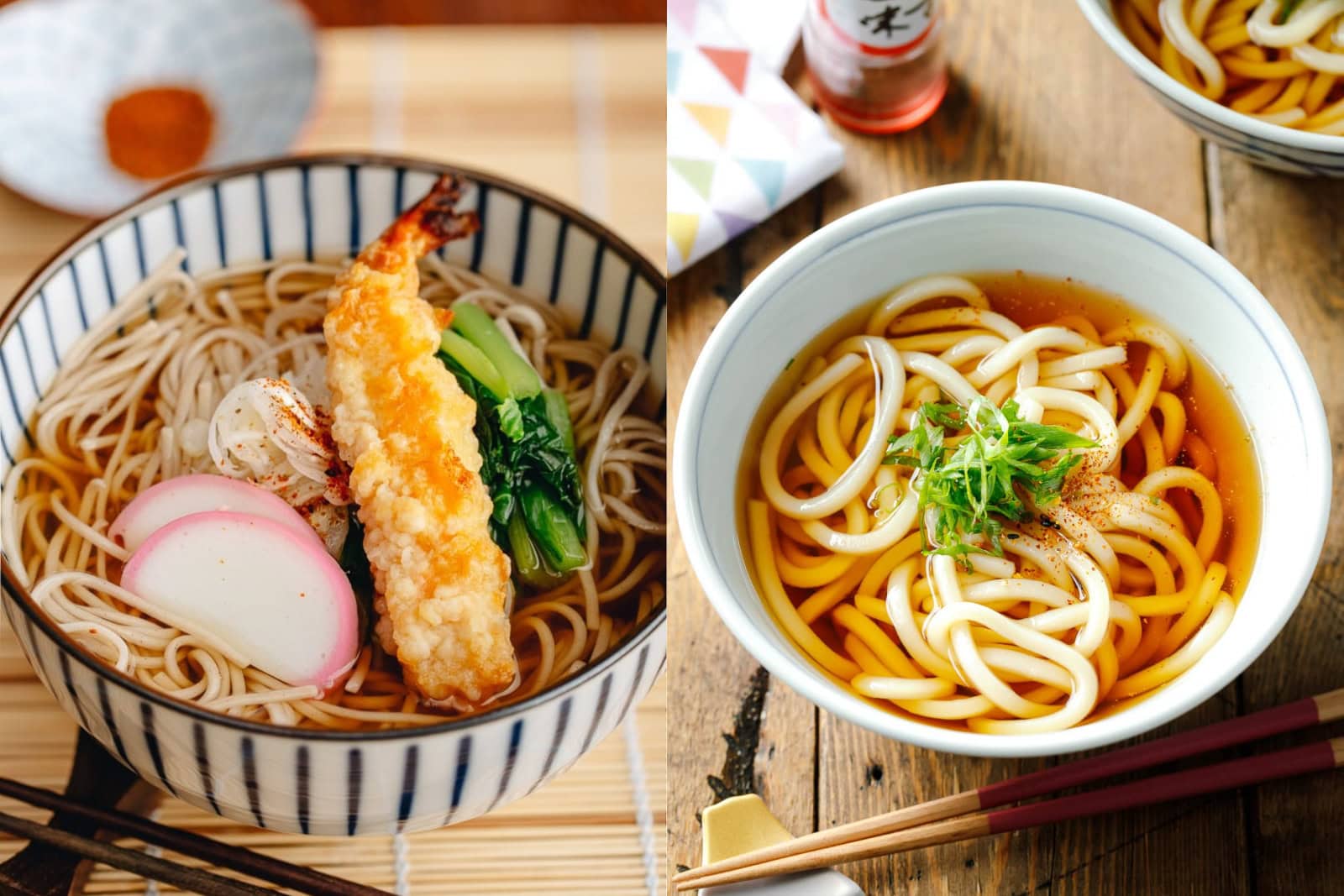







 English (US) ·
English (US) ·